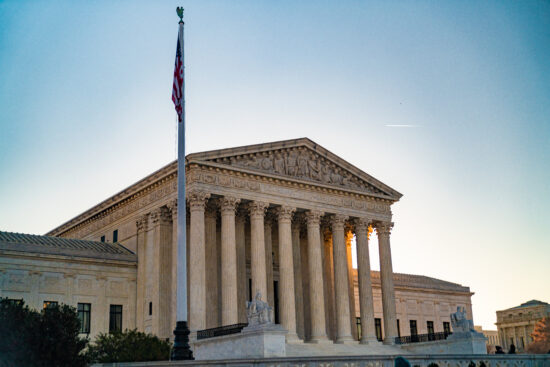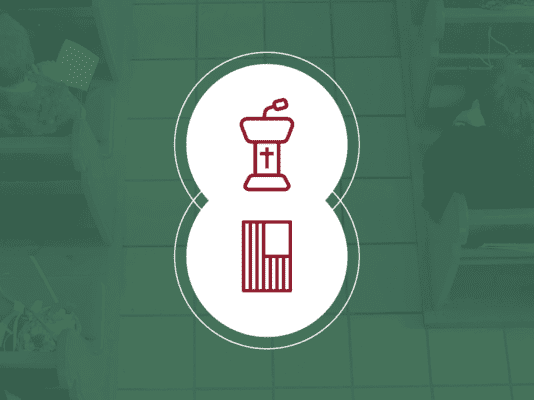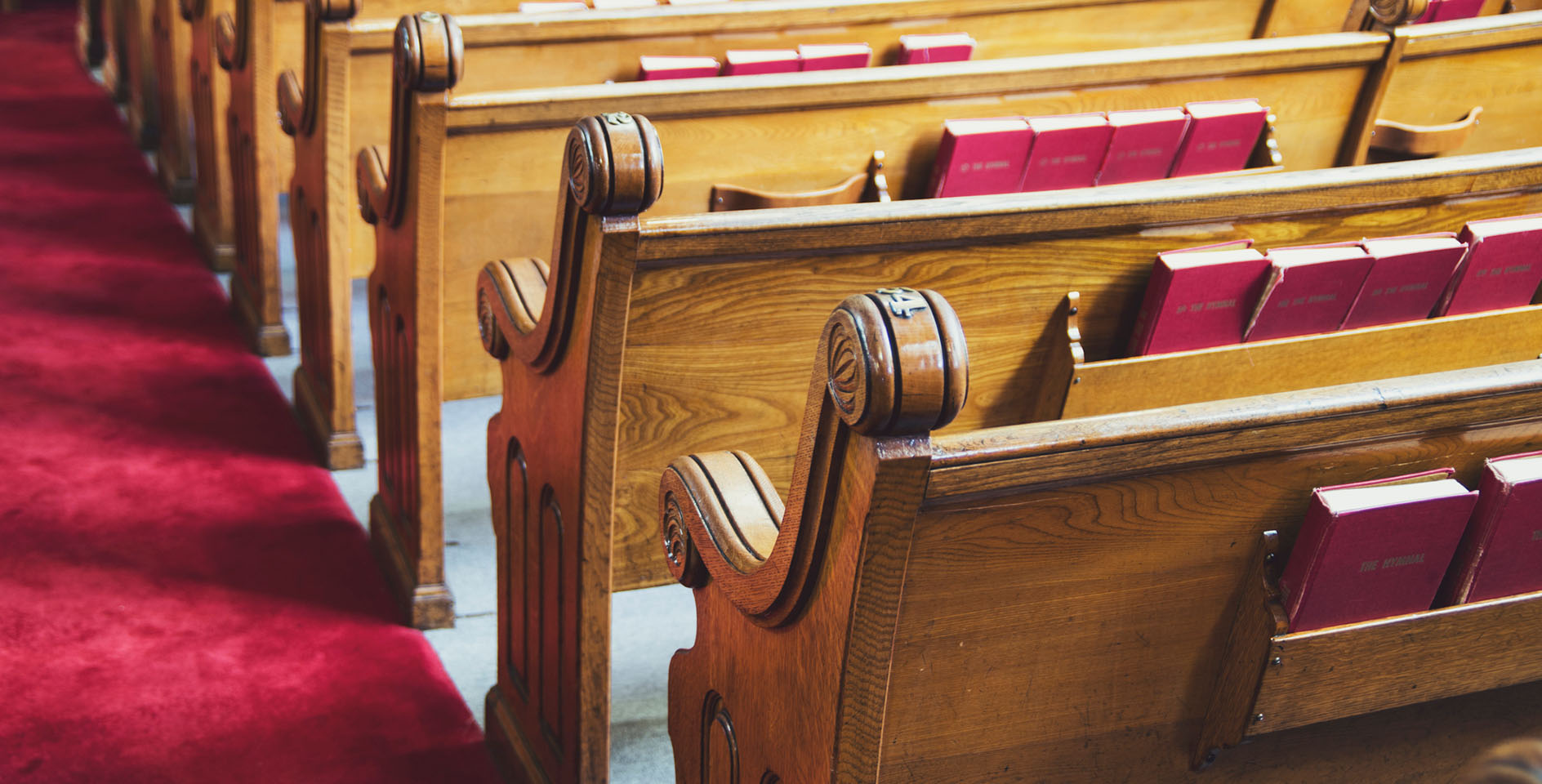How are churches responding to the COVID-19 epidemic? How is this crisis affecting services, groups, and ministry to the community, especially vulnerable populations? While we know that each church is unique and each community’s needs are different, we know we can learn from one another.
The ERLC recently surveyed a number of church leaders around the country to ask them how they are addressing COVID-19 concerns in their churches and communities. This article is a summary of some of the ideas they are using to stay connected and rooted during these difficult times.
Services
While many churches did not meet this past Sunday, for others, this coming week will be their first time to not gather in person. Many churches have completely closed their facilities and instead are using livestream technology, Facebook Live, Zoom, and even local television to broadcast services. Some churches are streaming a full service, including live worship; others are filming and streaming a standalone sermon or a sermon with announcements, prayer, and Scripture readings.
One church is taking the service out of the sanctuary and into the parking lot. “Drive-in church” will provide a unique opportunity to gather in the church parking lot in individual vehicles. Attendees will participate in live worship and preaching, all while tuning into the vehicle's radio frequency.
While it is discouraging for churches to be unable to meet together in person, many churches saw a significant increase in online viewership compared to average in-person attendance. In some cases, online views were several times higher than average attendance. Many churches are considering ways to encourage viewers to connect with the church when worship services resume. For more information on how to connect online, check out The Gospel Coalition’s helpful article.
Small groups
Some churches are encouraging small groups of people to gather in homes for worship and community. Last week, some churches’ small groups continued to meet and gathered to watch the sermon together as a small community. However, this week, the Trump administration issued new guidance that asks all Americans to gather only in groups smaller than 10. Because many church small groups are larger than 10 people, those churches that have not already cancelled small groups are beginning to this week.
Other churches are having small groups meet digitally using virtual hangouts such as Google, Zoom, Skype, or FaceTime. Others are keeping communication within groups active using video sharing apps like Marco Polo.
Communication
Since many churches are not gathered together, they are being creative in the way they communicate with church members. Some of the best practices from the respondents to the survey include:
- A dedicated web page for COVID-19 ministry plan and updates
- Regular videos from pastors to update and encourage their people
- Reminder texts
- Frequent church emails
- Facebook groups
- A dedicated team who contacts church members for prayer and assesses needs
Senior adults
Since research shows that senior adults are more at risk from COVID-19, many churches are tailoring ministry to serve them during this time.
Church members are delivering groceries and other necessities to older adults and those who aren’t able to leave their homes. Some churches are partnering with organizations already on the ground, such as Meals on Wheels, to provide food delivery and expand the capacity of those organizations to serve more.
One church put together a database for a large team of deacons and volunteers that are doing daily well-checks with their older and vulnerable members and attendees.
To alleviate loneliness, another church is working to make connections between young families and those that are homebound, encouraging them to make regular phone calls, provide for physical needs, and create a sense of community across generational lines.
Children/Families
While thankfully healthy children do not seem to be as physically at risk from the virus, families still have many challenges. With many schools closed, childcare and child welfare are a concern for churches.
For many kids from low-income families, their school lunch is their most nutritious meal of the day. Churches are partnering with schools and community centers to provide food for children served by the school meal program.
One church is organizing a program for children to write and mail cards and letters to older members of the congregation and nursing homes that are closed to visitors. These efforts foster intergenerational connection and at the same time provide activities for children and families to bond through.
One church is writing thank you cards to their schools’ kitchen and janitorial staff who are still working.
Finances
Even though many churches have an option to give online, financial giving is a concern when churches do not meet in person. Many churches surveyed said it was too early to say if or how much COVID-19 would impact giving. A few churches expected a small dip in giving but are implementing cost controls to honor missions partnerships, Cooperative Program giving, staff salaries, and other essential expenses.
Be the church
In the midst of all the uncertainty, the Lord is at work through his church. Here are some of the encouraging stories we’ve heard of churches stepping up to serve their communities in this time of need.
- One church has several restaurant owners who are working to provide food for those in need within their communities.
- Several churches shared stories of families creating ad hoc childcare co-ops to help working families meet and manage all of their obligations.
- Several churches are reevaluating and expanding their benevolence programs for those who may be contacting their church for assistance and also for church members who have been impacted by the economic downturn caused by COVID-19.
- One larger church with video capabilities partnered with a smaller congregation to ensure the smaller congregation had high-quality sermon video to send to their congregation.
- One college town church was working to find housing for college students suddenly displaced when university dorms were closed.
- Several churches shared stories of families folding single church members into their lives—some inviting single church members to move in with them—to combat isolation amidst a time of social distancing.
Above all, we are encouraged to see the responses of Southern Baptist churches and pastors as they rise to the challenges created by the COVID-19 pandemic. Our prayer is that in the midst of these challenges, God is glorified, his name is lifted high, and many come to know Jesus.
“Praise be to God and Father of our Lord Jesus Christ, the Father of compassion and the God of all comfort, who comforts us in all our troubles, so that we can comfort those in any trouble with the comfort we ourselves received from God” (2 Cor. 1:3-4).








